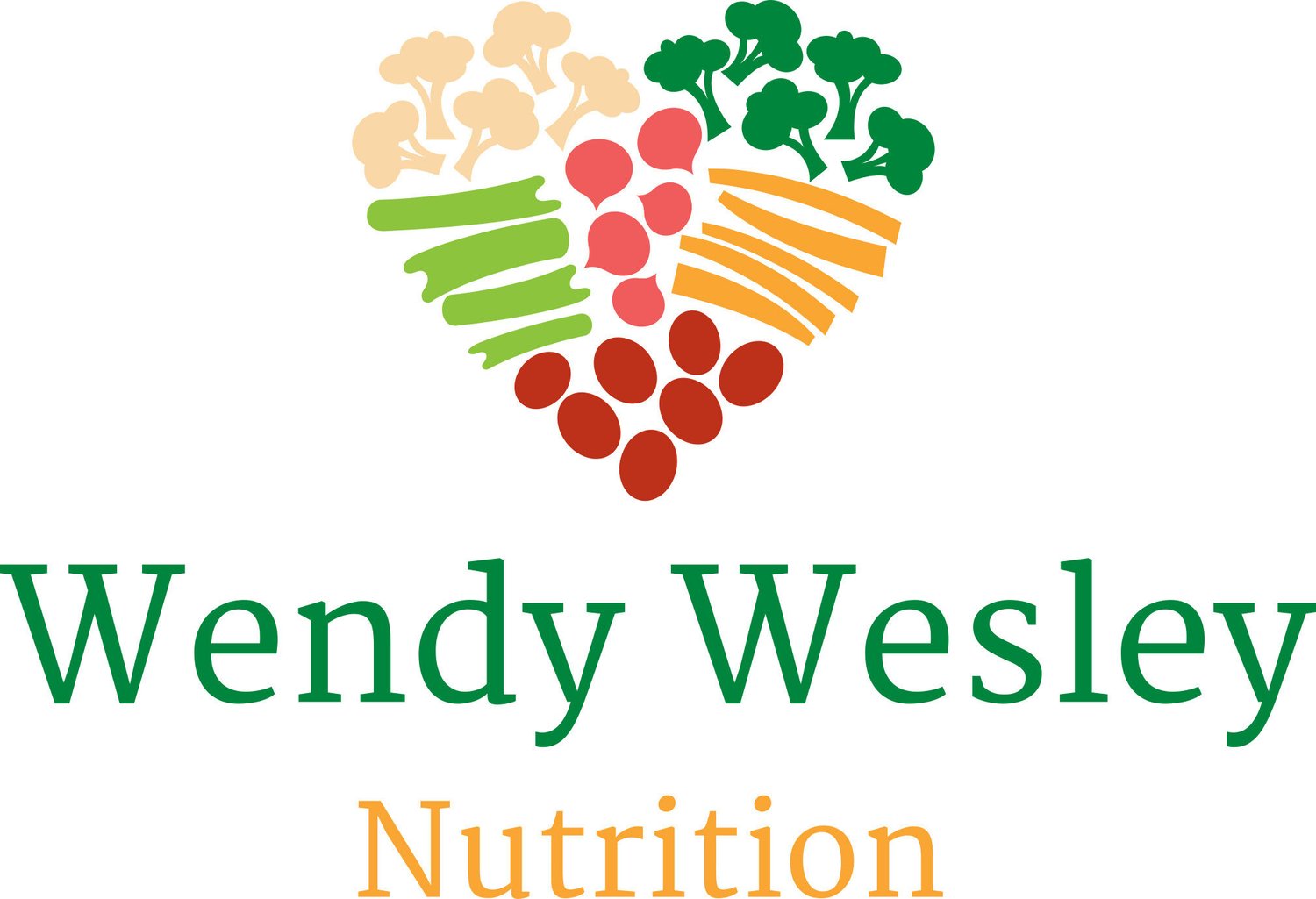To improve your eating habits, you don’t need to count calories or carbs. Instead, focus on how much your food has been processed before it gets to your dinner table.
If you’re like most people, you eat a lot of ultra-processed foods and don’t even realize it. Many of these foods — protein and granola bars, low-fat yogurts and breakfast cereals — sound like healthful choices.
But ultra-processed foods are formulations of industrial ingredients that are designed by manufacturers to achieve a certain “bliss point,” which causes us to crave and overeat them. Ultra-processed foods make up a majority of the calories most people consume, and scientists say they are a driving force behind the multiple diet-related illnesses that are shortening our life spans.
So how can you free yourself from the grip of ultra-processed foods? Start by reading the labels on the foods in your fridge, pantry and the grocery aisle and applying my “3/3 Method” which requires more than 3 grams of fiber and less than 3 grams of added sugar per serving.
Another way to spot an UPF is to count the ingredients. If you like bread, for instance, choose a brand that contains only simple ingredients, such as wheat flour, barley flour, sourdough starter, salt, nuts or raisins. Many ultra-processed breads contain sugar, vegetable oil, artificial sweeteners, and multiple preservatives, emulsifiers and shelf-life extenders such as sorbic acid, calcium propionate, datem, and monoglycerides.

